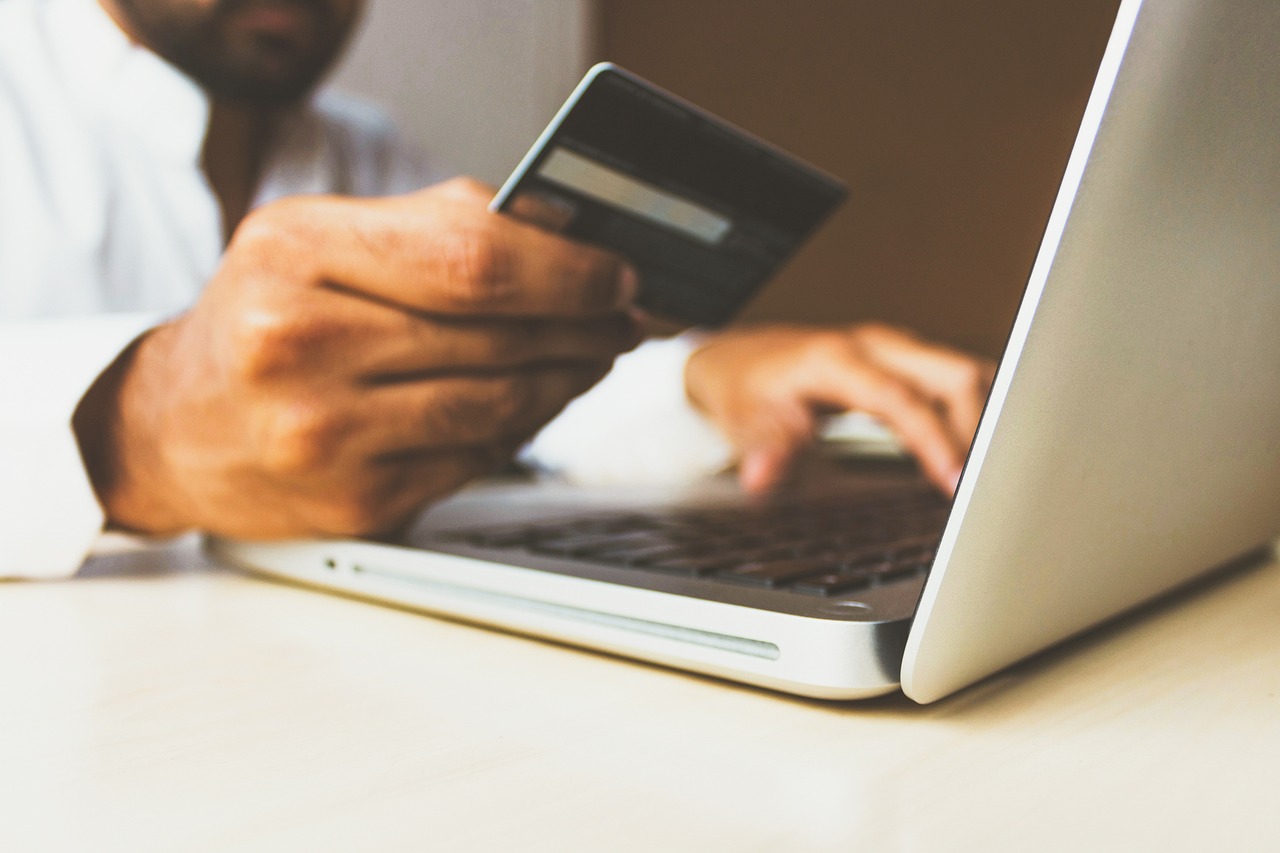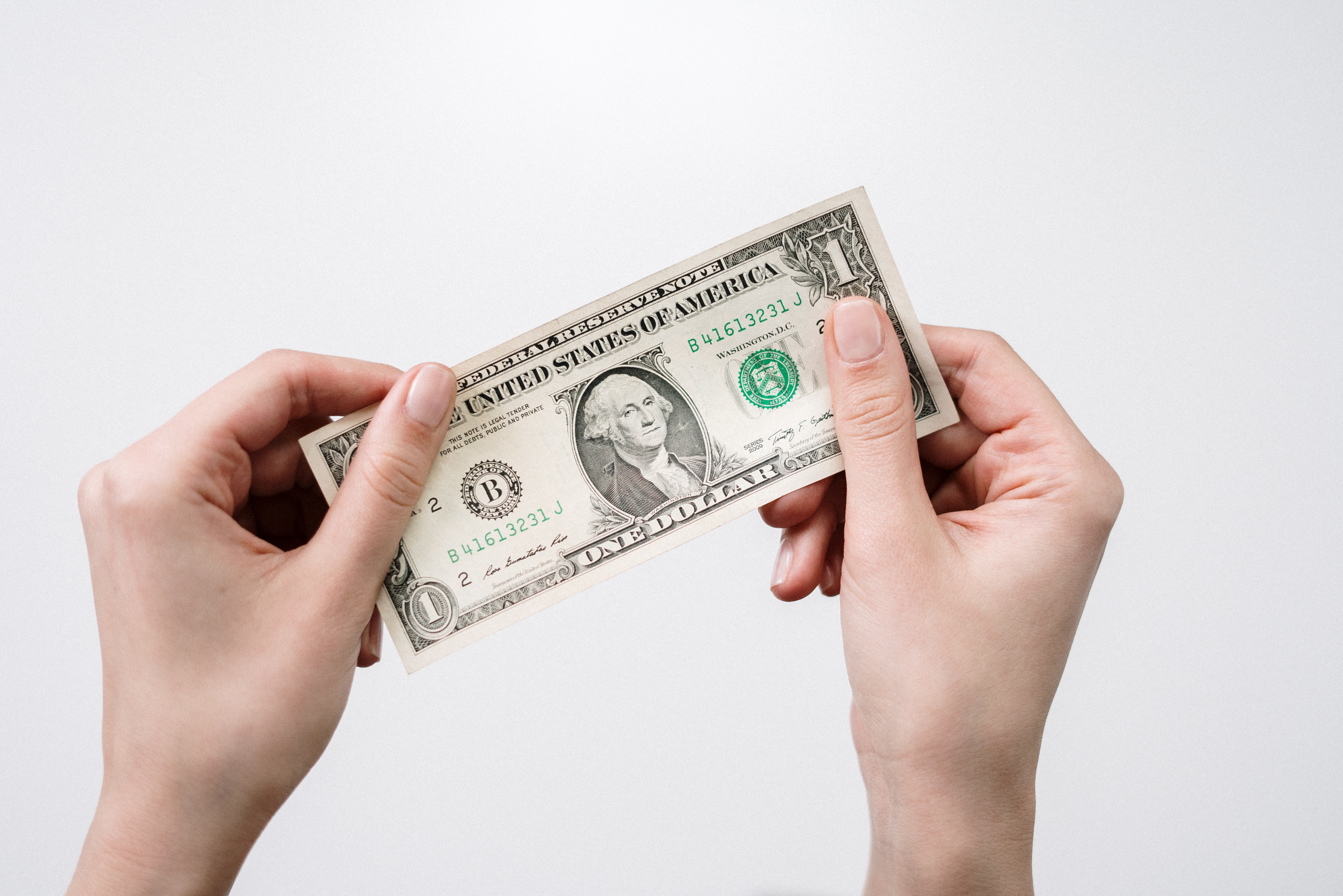Mastering International Transfers: Key Insights on Sending Money to the Netherlands, from Identity Verification to Ensuring Full Amounts and Preventing Scams
GPT_Global - 2025-04-17 00:30:02.0 355
What’s the process for sending money through a remittance service?
In today’s global economy, sending money across borders is easier than ever, thanks to remittance services. The process typically involves a few key steps that ensure your funds reach the intended recipient swiftly and securely.
First, choose a reliable remittance service that best fits your needs. Popular options include online platforms, banks, and retail locations. Research their fees, exchange rates, and transfer times to make an informed decision.
Once you’ve selected a service, you’ll need to create an account or visit a physical location. Provide the necessary identification and personal information, as well as the payment details for the amount you wish to send.
Next, enter the recipient’s information, such as their name and location. Some services may require additional details like a bank account number or mobile phone number. Verify that all information is accurate to avoid delays.
After confirming the transaction, you’ll receive a confirmation number. Keep this for tracking purposes. Depending on the service, the funds could arrive within minutes or several days. Always check the status of your transfer and communicate with the recipient to ensure they receive the money promptly.

Can I send money to someone in the Netherlands who doesn't have a bank account?
Sending money to someone in the Netherlands without a bank account can seem challenging, but there are several convenient options available for remittance. Many people may find themselves in situations where their loved ones do not have direct access to traditional banking services, yet they still need financial support.
One of the best alternatives is using mobile money transfer services like Western Union or MoneyGram. These platforms allow you to send cash that can be picked up at many locations throughout the Netherlands. The recipient simply needs to provide identification and the transaction number to collect the funds.
Another option is to use digital wallets, such as PayPal or Revolut, which permit users to send money without requiring a bank account. While the recipient may need to create an account, they can use these services to withdraw cash at participating retailers or use it for online purchases.
Finally, consider working with a local remittance service that operates without a bank account requirement. These services are tailored to meet the needs of clients sending money to individuals with limited banking access, ensuring secure and convenient transactions.
How does the identity verification process work for international money transfers?
In the world of international money transfers, identity verification is a crucial step to ensure security and compliance with regulations. This process helps prevent fraud and money laundering while protecting both senders and recipients. Generally, when a user initiates a transfer, they must provide personal information such as their name, address, date of birth, and identification documents like a passport or driver's license.
Once the customer submits this information, remittance companies utilize advanced technologies for verification. They may employ artificial intelligence, machine learning, and biometric recognition to confirm the individual’s identity efficiently. This not only speeds up the verification process but also enhances security by minimizing human error.
Moreover, these businesses often conduct ongoing monitoring of transactions to detect any suspicious activities. Compliance with international regulations plays a significant role in enhancing trust and reliability. By understanding how the identity verification process works for international money transfers, consumers can better appreciate the measures taken to protect their funds and personal information.
Are there any scams I should be aware of when sending money to the Netherlands?
When sending money to the Netherlands, it’s crucial to be aware of potential scams that could impact your transaction. The rise of digital remittance services has unfortunately led to an increase in fraudulent activities. One common scam involves fake payment messages or emails that appear to be from legitimate remittance companies. These messages often ask for personal information or prompt users to click on malicious links.
Another scam to watch out for is the “advance fee fraud,” where scammers request upfront payments for a service that never materializes. This could involve offers for low fees or promises of guaranteed delivery times. Always research remittance services and read reviews before proceeding with any transaction.
Additionally, be cautious of phishing scams that try to trick you into revealing sensitive information through deceptive websites or phone calls. Use only verified payment platforms and enable two-factor authentication to add an extra layer of security. By staying informed and vigilant, you can ensure a safe remittance experience when sending money to the Netherlands.
What documents do I need to provide to send money internationally?
When sending money internationally, it's essential to prepare the necessary documents to ensure a smooth transaction. Depending on the remittance service provider, the required documentation may vary, but there are some common essentials you should have ready.
First and foremost, a valid government-issued ID is crucial. This could be a passport, driver’s license, or national ID card. This document verifies your identity and helps prevent fraud. Additionally, you may need to provide proof of your address, such as a utility bill or bank statement, which confirms your residential information.
Furthermore, details regarding the recipient are necessary. You should have their full name, address, and bank account information if you're sending money directly to their account. Some providers may also require the purpose of the transaction, especially for larger amounts, to comply with regulatory standards.
By preparing these documents in advance, you can expedite the money transfer process and ensure a hassle-free experience. Always check with your chosen remittance service for specific requirements to avoid delays.
How can I ensure that my recipient gets the full amount sent to the Netherlands?
```htmlWhen sending money to the Netherlands, ensuring that your recipient receives the full amount is crucial for a seamless remittance experience. To achieve this, start by choosing a reliable remittance service that offers competitive exchange rates and low fees. Many services advertise no hidden costs, guaranteeing that the amount you send is what the recipient will receive.
Another important factor is understanding the payment methods available. Options such as bank transfers, e-wallets, or cash pickups may have different fee structures. Opt for a method that minimizes charges, ensuring your recipient benefits from the maximum amount sent.
Additionally, keep an eye on currency conversion rates. Some services might charge higher rates, leading to decreased amounts received. Always compare rates before committing to a transaction.
Lastly, inform your recipient about any potential fees they may incur on their end, which can help avoid surprises. By following these tips, you can confidently ensure your recipient in the Netherlands gets the full amount you intended to send.
```Can I set up recurring payments to someone in the Netherlands?
In today's global economy, sending money overseas has become a common practice. If you’re wondering, “Can I set up recurring payments to someone in the Netherlands?” the answer is a resounding yes! Many remittance services offer easy solutions for establishing regular transfers to international accounts.
To initiate recurring payments, you'll typically need to create an account with a reliable remittance service. This often involves providing some personal information and verifying your identity. Once your account is set up, you can enter the recipient's banking details in the Netherlands, making it convenient to send money at intervals that suit you—be it weekly, monthly, or quarterly.
Furthermore, many services allow you to schedule payments automatically. This feature saves you time and ensures your loved ones receive their funds consistently. Always check the fees and exchange rates associated with these transactions to ensure you're getting the best deal. By choosing the right remittance service, setting up recurring payments to the Netherlands can be a hassle-free experience, enabling you to support your family or friends effortlessly.
What should I do if my money transfer to the Netherlands goes missing?
If you find yourself in a situation where your money transfer to the Netherlands has gone missing, it's essential to act swiftly and strategically. First, double-check the transaction details: confirm the recipient's account number and the transfer amount. Mistakes can happen, and resolving them quickly might just save the day.
Next, reach out to your remittance service provider. Most reputable companies have customer service teams trained to handle such issues. Provide them with your transaction reference number, date of transfer, and any other relevant information. They can track your money and determine if it’s being held up or if there’s been an error.
If you've exhausted options with your provider and your funds are still unaccounted for, consider filing a dispute. Document all communications and transaction details, as this will streamline the investigation process. Lastly, always keep records of your transactions, which can provide vital support should you need to escalate the issue further.
Remember, staying calm and organized is key. With the right steps, you can resolve your missing money transfer and ensure that your funds arrive safely.
About Panda Remit
Panda Remit is committed to providing global users with more convenient, safe, reliable, and affordable online cross-border remittance services。
International remittance services from more than 30 countries/regions around the world are now available: including Japan, Hong Kong, Europe, the United States, Australia, and other markets, and are recognized and trusted by millions of users around the world.
Visit Panda Remit Official Website or Download PandaRemit App, to learn more about remittance info.



